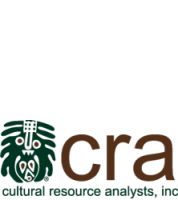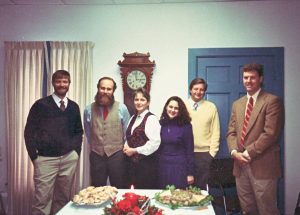Who We Are

Established in 1983 in Lexington, Kentucky, Cultural Resource Analysts, Inc. (CRA), has been recognized as one of the most respected, full-service cultural resource consulting firms in the United States. Everything we do is rooted in our intimate understanding of cultural materials and the historic built environment, our client-focused approach, and our working knowledge of the Secretary of the Interior’s Standards for the Treatment of Historic Properties, Sections 106 and 110 of the National Historic Preservation Act, the National Environmental Policy Act, and the guidelines and expectations of entities such as the National Park Service and State Historic Preservation Offices.
Upon this foundation and supported by our multidisciplinary team of archaeologists, architectural historians, and historic preservation specialists, CRA has successfully worked with hundreds of public and private sector clients across the country, providing professional insight and expertise in the development of strategies designed to meet cultural resource and historic preservation needs. Our commitment to high-quality work and expertise in the field is best reflected in the fact that most of our work is from repeat clients and referrals who recognize the benefit of our ability to effectively and efficiently meet the needs of a project.
Since our founding, we have been fortunate to assist hundreds of communities, organizations, agencies, and professionals across the country in meeting their cultural resource and historic preservation needs. With over 40 years of business, we look forward to building on our history and would welcome the opportunity to help you achieve your goals.
Let our expertise guide you
Years of Business
Professionals
Satisfied Clients
Projects

Services
Offering a full complement of archaeologists, historians, and historic preservation specialists, CRA provides a full range of multi-disciplinary cultural resource services. No matter the need, CRA’s experts are ready you help you meet your project goals.
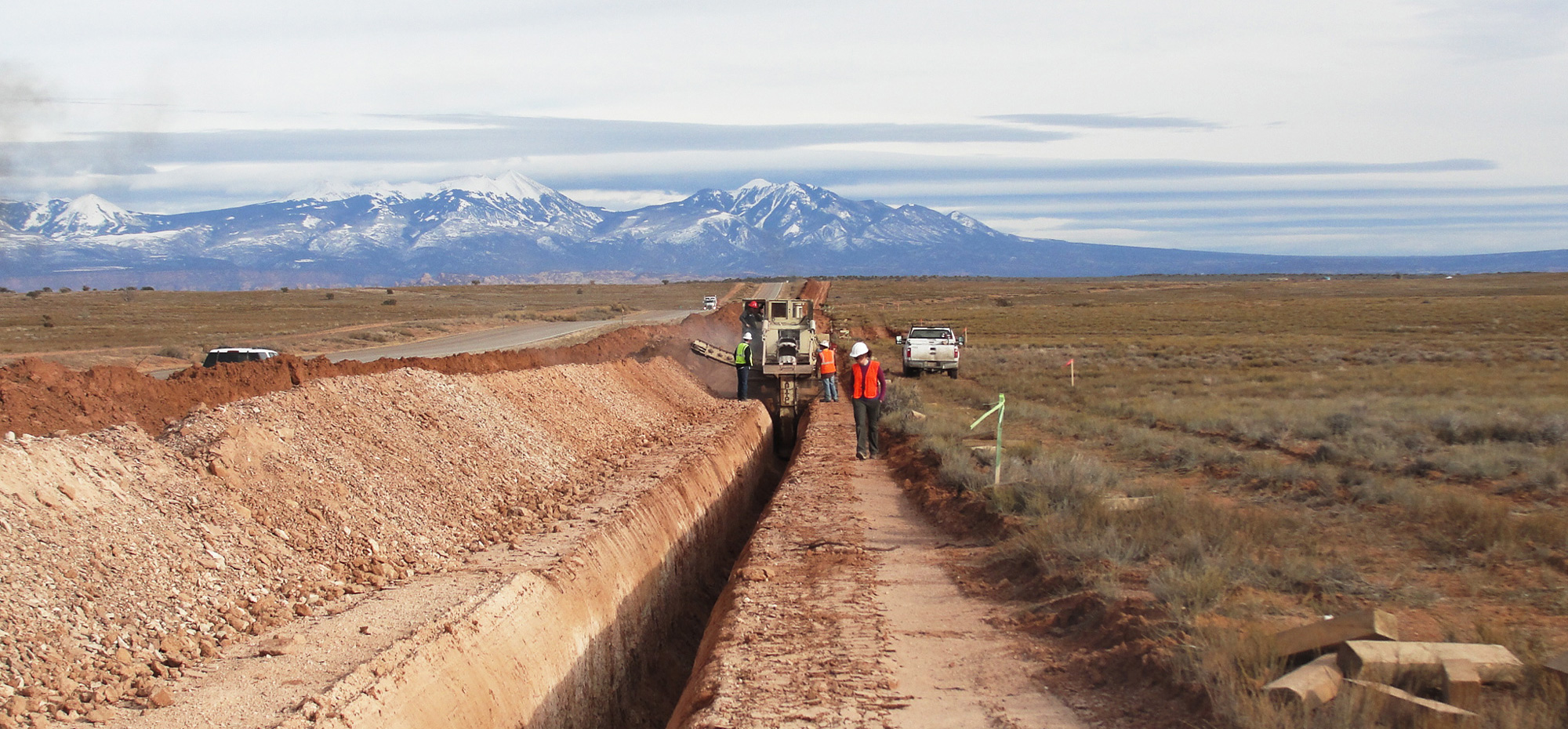
Markets
CRA works with clients across the country and has cultivated broad experience in various markets covering everything from the transportation sector and renewable energy industry to local municipalities and agencies of the federal government.

Projects
From archaeological investigations and cemetery studies to analysis of the historic built environment and heritage tourism programs, CRA's experts have diligently worked alongside clients on more than 10,000 cultural resource projects across the country.
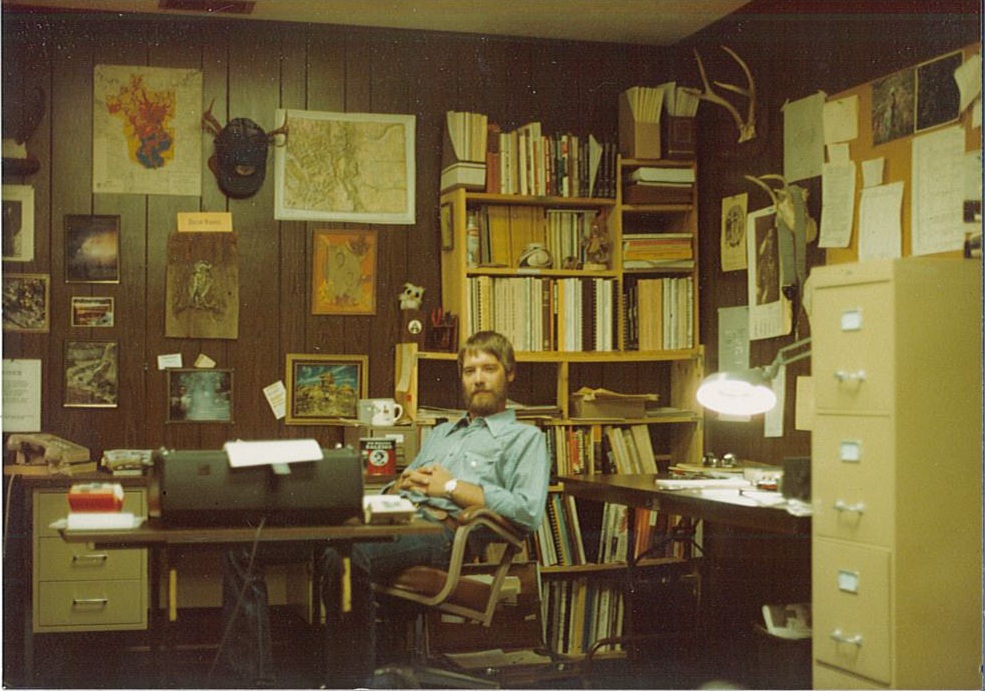
Our History
Charles (Chuck) Niquette’s interest in archaeology evolved out of his love of history. It was not until his senior year as an undergraduate history major at Catawba College in Salisbury, North Carolina, that he took his first anthropology class. Despite this, he taught junior and senior high school history for four years in a small ranching community in southeastern Colorado. He got married and with the support of his wife, Garland, returned to his alma mater, took all of the anthropology classes offered in a year, and went off to graduate school at the University of Arkansas.
This experience led to an internship with the National Park Service in Denver and, later, a job with the Advisory Council on Historic Preservation. Garland Niquette’s desire for a doctorate degree in psychology led the couple to Lexington, Kentucky, in the early 1980s. After a brief stint working as an archaeologist for a small firm, the Niquettes started Cultural Resource Analysts, Inc. What began as one man working out of his basement has grown to a company with 7 offices across the country and a national reputation for work of the highest quality.
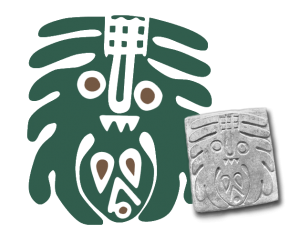
The CRA Logo
The CRA corporate logo is adapted from a prehistoric design found on a stone tablet recovered from the Gaitskill Mound (circa 1900) in Mt. Sterling, Kentucky. William S. Webb and W.D. Funkhouser first described the tablet in 1932. Tablets such as these are associated with the Adena cultural complex, located along the Ohio River Valley during the early Middle Woodland time period (circa 500 B.C. – A.D. 200).
Tablet image from William S. Webb (1940), The Wright Mounds, Sites 6 and 7, Montgomery County, Kentucky. Reports in Anthropology, Volume V, Number 1. Department of Anthropology and Archaeology, University of Kentucky, Lexington.



